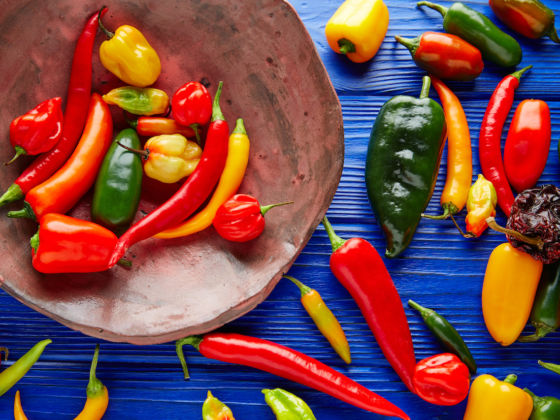The chile pepper is as divisive a food as there is. People can either handle the heat and enjoy the pain, or they avoid every bit of pepper like it’s the plague. The group of people in the middle know their limit and stick to the devil they know. When traveling abroad to a chile-pepper-loving country, however, you can be in for a fiery surprise.
Every chile pepper — from China to Ethiopia to Peru and back — originally comes from Central and South America. The plant spread around the world during the Age of Exploration and took root in various regions, becoming a staple of the local cuisine. There was no mouth searing tom yum soup in what is modern Thailand before that, and no laal maas in India. There definitely weren’t Spicy King chile-eating competitions in China.


